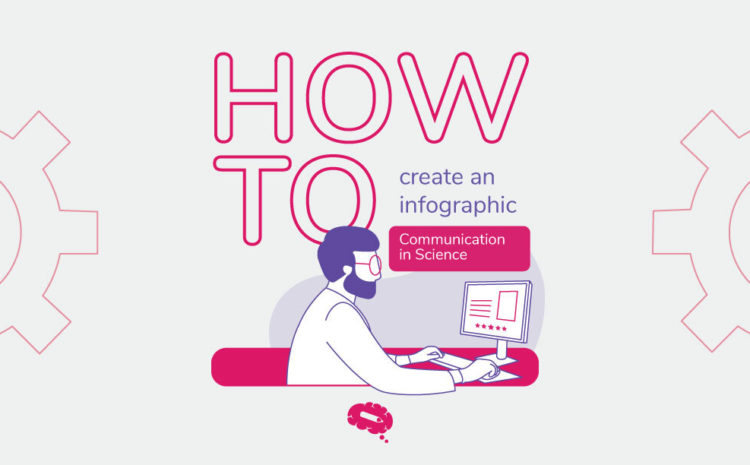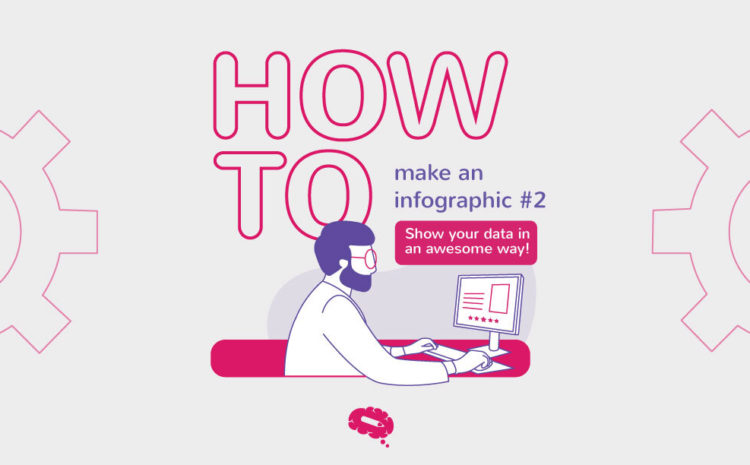This is the third post of the series How to make an infographic. If you missed the last post, you can read it here.
Now you know your burning problem, the main question of your research, and also have the data to answer this question, it’s time to choose the best way to show it visually.
There are many types of infographics. You can show your data in several different ways, depending on what you want to highlight. Therefore, to learn how to make an infographic, you need to learn how to structure your template. An example is: how do you represent 10% of something?
Analyze what type of data you have and choose the best fit to show it visually.
Matching your data with the best infographic type
Localization: If you want to show spatial data.
You can use maps, scenes, anatomical sections with sagittal or transverse views. Another possibility is to use a map series to show how your data changes over both space and time.
Action: If you want to show change, sequence, timeline, cycle.
Action is dependent and influences others. Use a line chart or area chart to show continuous changes over time.
Graphs: If you want to compare variables.
Use to show similarities or differences among values or parts of a whole.
The pie chart, donut chart, scatter graph, or treemap are used to compare parts of a whole. The bar and column chart is used to compare independent values.
Arrangement: If you want to highlight groups, hierarchies, patterns, rank or order.
These infographics can have tables, organizational charts, genetic hierograms, or mental maps. Use a flowchart to show the order in a process. Venn diagrams and mind maps to show organized groups.
You can also check Mind the Graph Experience posts for more inspiring infographics, and other figures.
To better organize your ideas and help you to plan your science figures, we create an ebook for you to learn more about how to make science infographics and improve your presentations. Click on the button below and get the ebook for free:
Designer’s Tip: how to make an infographic?
Sketches and templates
Choosing the infographic type is an organizational task. Do not worry or use your time with the details of aesthetic decoration yet. Renato, our principal designer, says to always draw a sketch of what you want to do, organize the elements, and then think about the final details. Well, he is a great designer, so it’s good to follow his advice.
Using Mind the Graph Templates
The infographic examples that I showed you in this post are Mind the Graph templates, available to our users. Our designers create templates of all kinds of infographics, so you don’t need to start from a white canvas. Just take a look, choose your favorite, and edit as you want. That is great, right? If you aren’t a subscriber, you can view all the templates, but can not start from them to create your infographic. Give a look at Mind the Graph Gallery and see how amazing it is to be a Mind the Graph user.
Post-series by Mind the Graph
- #1 Post – Communication in science
- #2 Post – Make your data Awesome
- #3 Post – The right kind of chart
- #4 Post – Let’s talk about colors!
- #5 Post – Less is more: minimalist infographic design
- #6 Post – Mistakes to avoid in science communication
- #7 Post – A shortcut summary to GET IT DONE

Subscribe to our newsletter
Exclusive high quality content about effective visual
communication in science.


















